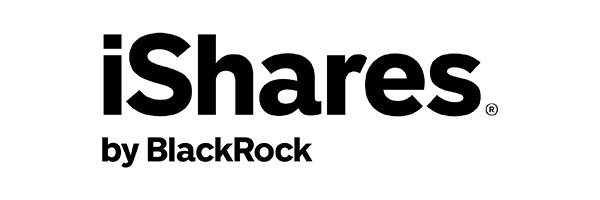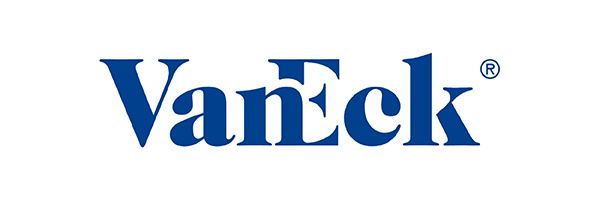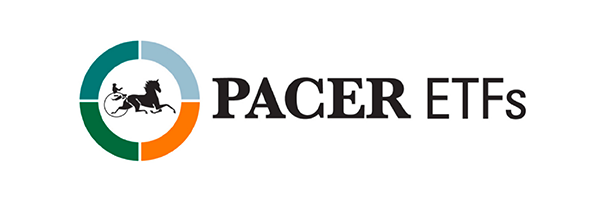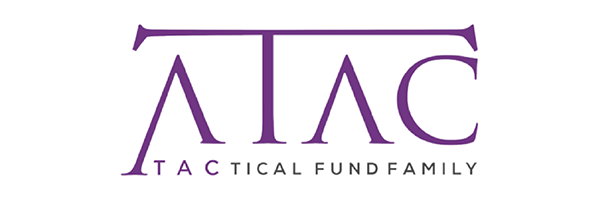It was hard to be a fixed-income investor in the third quarter. Interest rates reversed their retreat from summer highs and not much of anything seemed to work.
According to Morningstar, just one high-yield bond exchange-traded fund offered a positive return this year through the end of the third quarter. The best performing high-yield ETFs tended to be shorter in duration, while some longer duration ETFs were among the worst performers.
Tactical high-yield ETFs were a mixed bag, with some strategies falling into the best 10 junk bond ETFs for the year to date, and others appearing on this worst-of list.
Here are the worst performing high-yield bond ETFs for the year so far through the third quarter of 2022.
10. Xtrackers High Beta High Yield Bond ETF HYUP -16.52%
High-beta strategies across asset classes fared poorly, particularly in the third quarter, because almost every market everywhere was trending downward. Following an index built to take on even more risk than the overall high-yield bond market, HYUP carries a 0.20% expense ratio.
![]()
9. iShares Fallen Angels USD Bond ETF FALN -16.85%
Fallen angels are a subset of high-yield bonds that were previously rated at investment grade and usually have higher credit quality than the overall high-yield market. A $2.2 billion ETF, FALN has a 0.25% expense ratio.

8. VanEck Fallen Angel High Yield Bond ETF ANGL -17.08%
Like its iShares cousin FALN, ANGL tracks an index covering high-yield bonds that were formerly investment-grade bonds. This area of the fixed-income market tends to have longer durations and more interest-rate risk than the overall high-yield market, and that has led to its poor performance in recent months.

7. iShares US & Intl High Yield Corp Bond ETF GHYG -17.56%
In addition to fallen angels, international bonds were another area suffering a setback in the first nine months of 2022. BlackRock's $99 million global GHYG carries a 0.4% expense ratio.

6. Invesco BulletShares 2029 High Yield Corporate Bond ETF BSJT -17.89%
Long-duration bonds were particularly punished during the third quarter as interest rates rose, and thus it's little surprise to see a later vintage BulletShares ETF on this list.

5. Adaptive High Income ETF AHHX -18.83%
The $34.7 million Adaptive High Income ETF is one of the smaller entrants to the list of bottom 10 performers. AHHX is a converted mutual fund that operates a little bit like an unconstrained income fund with a hedging strategy attached. It carries a 0.68% expense ratio.

4. VanEck International High Yield Bond ETF IHY -21.87%
Van Eck's $53.4 million IHY carries a 0.4% expense ratio. While the fund offers a yield consistently over 5%, its price has declined 26% over the past year.

3. Pacer Trendpilot US Bond ETF PTBD -23.44%
Pacer's trend-following strategy outran most of the high-yield fixed-income space, losing over 23% over the first three quarters. A $342 million ETF, PTBD carries a 0.6% expense ratio.

2. ATAC Credit Rotation ETF JOJO -23.83%
JOJO rotates offensively or defensively based on an indicator of volatility, investing in either high-yield debt or Treasurys. Unfortunately, neither asset class has provided much shelter nor returns thus far this year.

1. iShares International High Yield Bond ETF HYXU -25.89%
BlackRock's international junk bond ETF, HYXU, was the worst-faring high-yield bond ETF through the third quarter. The $31 million fund has delivered a negative 24% year-to-date performance for an expense ratio of 0.4%.
